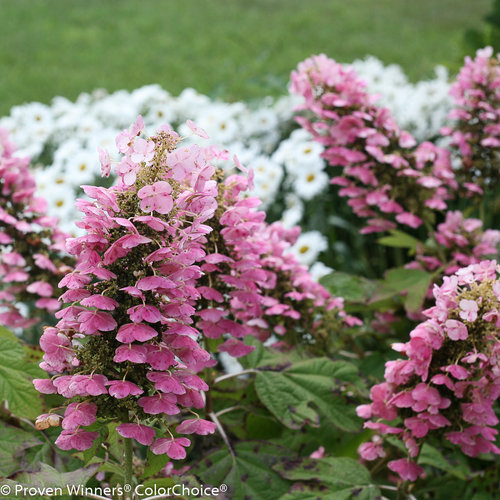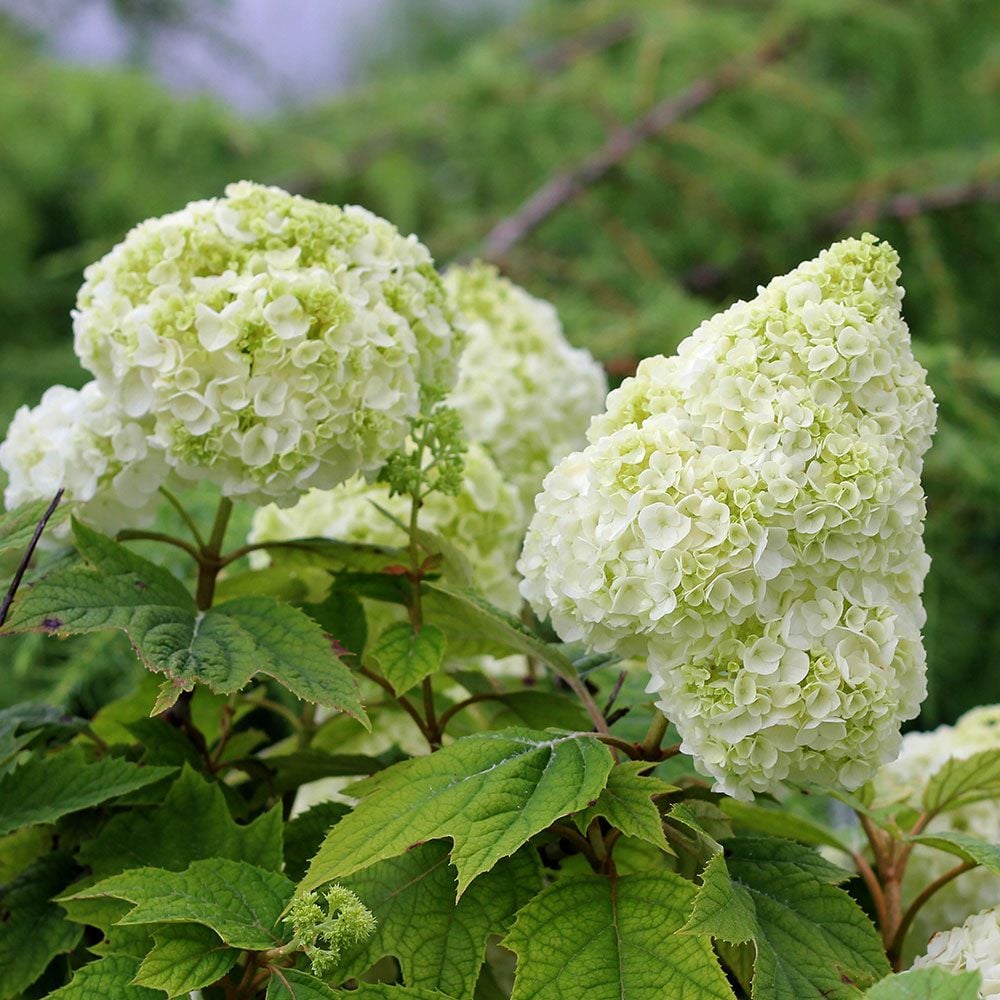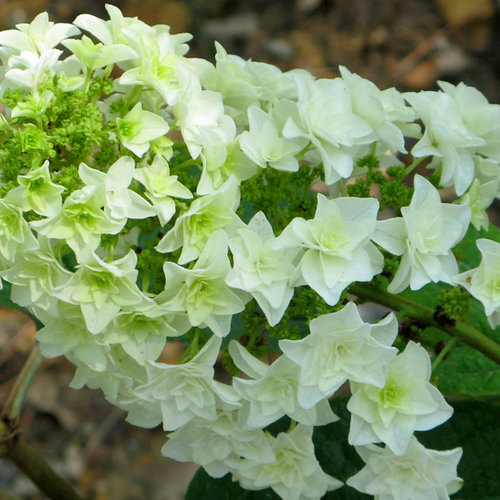Gatsby Hydrangeas: The Ultimate Guide To Growing These Stunning Flowers
Gatsby Hydrangeas: The Ultimate Guide to Growing These Stunning Flowers
Gatsby hydrangeas are one of the most popular hydrangea varieties, and for good reason. They are known for their large, showy blooms that come in a wide range of colors. Gatsby hydrangeas are also relatively easy to grow, making them a great choice for gardeners of all skill levels.
In this guide, we will discuss everything you need to know about growing Gatsby hydrangeas. We will cover topics such as:
- Choosing the right location
- Planting and caring for Gatsby hydrangeas
- Dealing with pests and diseases
- Propagating Gatsby hydrangeas
By the end of this guide, you will be well on your way to growing your own beautiful Gatsby hydrangeas.
Choosing the right location
Gatsby hydrangeas prefer full sun to partial shade. They will tolerate full sun in cooler climates, but they may need some afternoon shade in warmer climates. Gatsby hydrangeas also need well-drained soil. If your soil is heavy clay, you may need to amend it with sand or compost.
Planting and caring for Gatsby hydrangeas
Gatsby hydrangeas can be planted in the spring or fall. When planting, dig a hole that is twice as wide and as deep as the root ball. Backfill the hole with soil, and water well.
Gatsby hydrangeas need regular watering, especially during the first year after planting. Once established, they are more drought-tolerant. You should also fertilize Gatsby hydrangeas once a year in the spring. Use a balanced fertilizer, such as 10-10-10.
Dealing with pests and diseases
Gatsby hydrangeas are generally resistant to pests and diseases. However, they can be susceptible to aphids, scale, and powdery mildew. If you see any pests or diseases, you can treat them with an insecticidal soap or fungicide.
Propagating Gatsby hydrangeas
Gatsby hydrangeas can be propagated by division or by cuttings. Division is the easiest method. In the spring, carefully dig up a mature plant and divide it into several smaller plants. Replant the smaller plants in their own pots or in the ground.
To propagate Gatsby hydrangeas by cuttings, take 4-6 inch cuttings in the spring or summer. Remove the bottom leaves from the cuttings, and dip the cut ends in rooting hormone. Plant the cuttings in a pot of well-drained potting mix. Keep the potting mix moist, and place the pot in a warm, shady location. The cuttings should root in about 4-6 weeks.
Conclusion
Gatsby hydrangeas are a beautiful and easy-to-grow addition to any garden. With proper care, they will reward you with stunning blooms for many years to come.
The Gatsby hydrangea is a stunning flower that is sure to add a touch of elegance to any garden. With its large, round blooms and vibrant colors, the Gatsby hydrangea is a showstopper. But what makes the Gatsby hydrangea even more special is its story.
The Gatsby hydrangea was named after the famous novel "The Great Gatsby" by F. Scott Fitzgerald. In the novel, the main character, Jay Gatsby, has a lavish garden filled with hydrangeas. The Gatsby hydrangea is a reminder of Gatsby's love of beauty and his desire to create a perfect world.
If you are looking for a beautiful and unique flower to add to your garden, the Gatsby hydrangea is a great choice. But if you want to learn more about the Gatsby hydrangea, I suggest you visit . This website has a wealth of information about the Gatsby hydrangea, including its history, care, and cultivation.
FAQ of gatsby hydrangea
Q: What is a Gatsby hydrangea?
A Gatsby hydrangea is a type of oakleaf hydrangea that is known for its large, white flowers. It is a hardy shrub that can grow up to 6 feet tall and wide. Gatsby hydrangeas bloom in late summer and early fall, and their flowers can last for several weeks.
Q: What are the care requirements for Gatsby hydrangeas?
Gatsby hydrangeas are relatively easy to care for. They prefer full sun to partial shade, and they need moist, well-drained soil. They should be fertilized once a year in the spring with a balanced fertilizer.
Q: How do I deadhead Gatsby hydrangeas?
Deadheading Gatsby hydrangeas is important to encourage new blooms. To deadhead, simply remove the spent flower clusters. You can do this by hand or with a pair of scissors.
Q: How do I overwinter Gatsby hydrangeas?
Gatsby hydrangeas are hardy in USDA zones 4-8. In colder climates, they may need to be protected from the cold. You can do this by covering the plant with a burlap sack or other protective material.
Q: What are some pests and diseases that can affect Gatsby hydrangeas?
Gatsby hydrangeas are susceptible to a few pests and diseases, including aphids, scale, and hydrangea leaf spot. If you notice any pests or diseases on your plant, you can treat them with an insecticidal soap or fungicide.
Image of gatsby hydrangea
5 different images of "gatsby hydrangea" from Pinterest:
This beautiful pink hydrangea is a popular choice for weddings and other special occasions. It's known for its large, fluffy blooms that can reach up to 12 inches in diameter.
This blue hydrangea is a bit more rare than the pink variety, but it's just as stunning. The blooms can range in color from light blue to deep purple, depending on the soil pH.
This white hydrangea is a classic choice for gardens and landscaping. It's known for its large, cascading blooms that can add a touch of elegance to any space.
This green hydrangea is a unique and eye-catching variety. The blooms start out a light green color and then gradually turn pink or blue as they mature.
This multicolor hydrangea is a real showstopper. The blooms can be a mix of pink, blue, purple, and green, depending on the soil pH.





Post a Comment for "Gatsby Hydrangeas: The Ultimate Guide To Growing These Stunning Flowers"